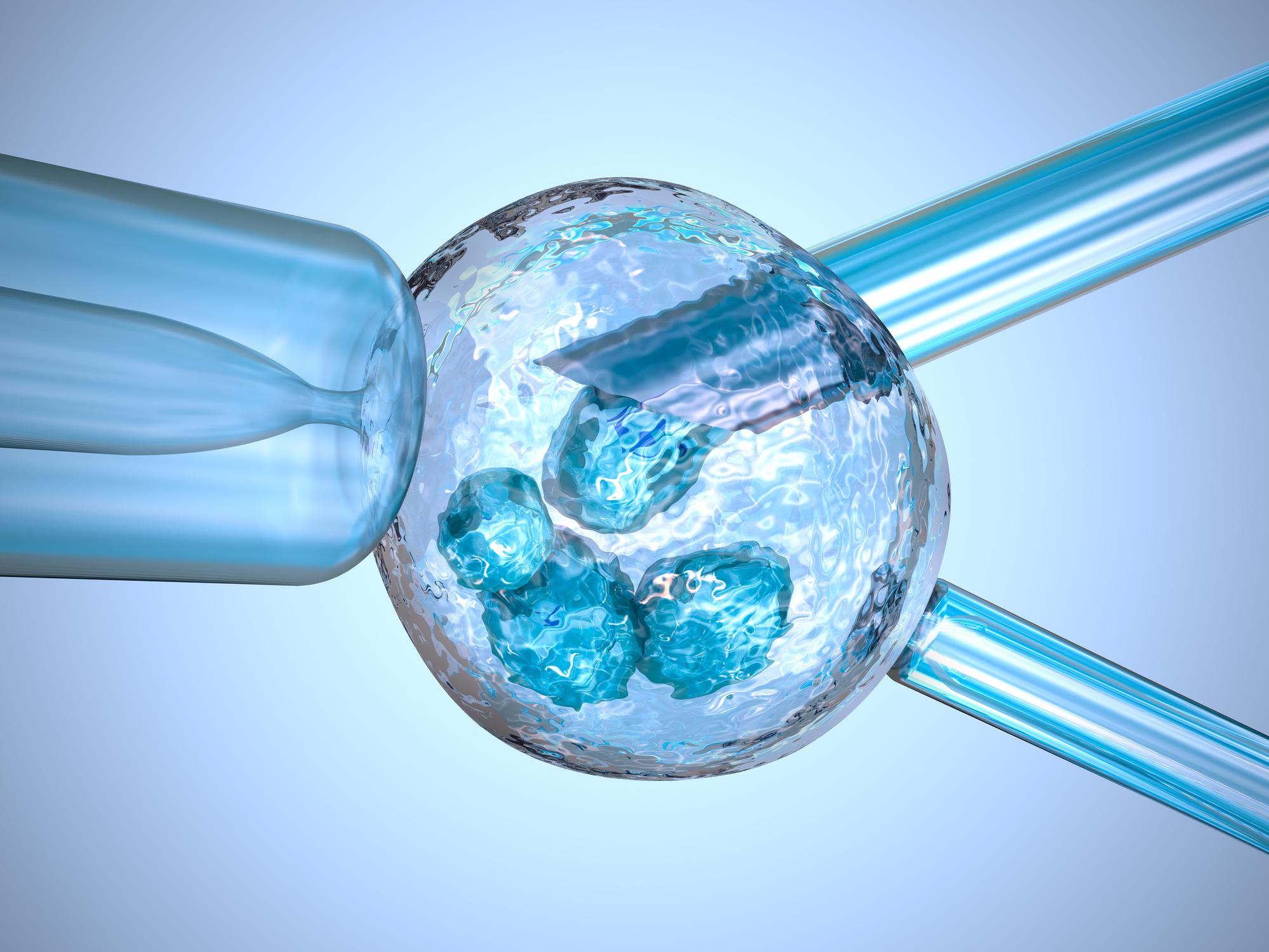When in-vitro fertilization goes well, a woman emerges at the end with a baby (or babies) that could have otherwise never been born. Often, however, she also ends up with a handful of extra frozen embryos. Online, women refer to these leftovers as “snowbabies” or “frosties,” and deciding what to do with them can be agonizing. Options include donating them to other infertile couples, discarding them, or keeping them in storage for fees that can run up to $1,000 a year. For some couples, none of these options feel quite right.
A small Australian company called Baby Bee Hummingbirds has come up with another solution: “embryo ashes” jewelry. The company’s founder, a midwife named Amy McGlad, tells the Australian website Kidspot that families send in their “embryo straws”—tiny storage tubes—and she cremates the contents into “embryo ash” that preserves the cells’ DNA. The ash is then set in resin and turned into pendants or other baubles that look like mood rings or little polished geodes. The company’s products cost between $80 and $600.
McGlade founded Baby Bee in 2014, and she told Kidspot she has made about 50 pieces of jewelry from embryos since then. “I firmly believe that we are pioneering the way in this sacred art,” she said. “The embryos often signifying the end of a journey, and we are providing a beautiful and meaningful way to gently close the door.”
The pro-life community, discovering the baubles this week through the Kidspot story, does not see it that way. Many have reacted with revulsion at the notion of turning “babies” into jewelry:
The pro-life voices who object to embryo jewelry often object to IVF in the first place, because of Catholic theology or because of the creation of extra embryos that will never be brought to term. If you believe an embryo has the same moral status as an infant, outrage is understandable. But you don’t need to be a pro-life activist to be squicked out at the concept of a blastocyst in a bracelet. Baby Bee also makes jewelry out of breast milk, placentas, human ashes, and umbilical cord stumps. But there is something especially goth, very 2001-era Angelina Jolie, about wearing a cremated human embryo around your neck. This is a corporeal substance that, under the right conditions, would eventually be able to wear jewelry itself.
Then again, it’s human nature to turn heartache into macabre keepsakes. Today we have stillbirth photography and embryo necklaces, but the Victorians posed for photographs with dead bodies and wore jewelry embedded with the hair of deceased loved ones. Viewed in the most sympathetic light, embryo-ash jewelry is not an end-of-civilization sign of callousness or commodification but an attempt to honor the profound, if complex, moral status of the embryo. It is a way of acknowledging that an embryo may not be a full human being but is also not nothing. One person’s profane is another’s profound.
